|
"In making my work, I make what comforts me, and what is home for me."
Anne Truitt Are you comforted by making your work? [I notice this question might be for the creatives reading, but consider that if you are reading here, my guess is that you are a creative whether you like it, know it, or not! In other words, this applies to anyone reading. So...] Are you comforted by making your work? I don't think comfort is a motivating factor in art-making for me. Perhaps the whole process of showing up to make, the routine of it, is a comfort, but the work is brightening and enlivening to me, sometimes disturbing to me, so I wouldn't say comforting. I don't make what comforts me, do I? Sometimes making certain marks on certain surfaces, and finding the composition that is a YES to me, feels like putting things in order, or like straightening up the world. Putting it right. Perhaps that is a comfort to me. There is also a discovery process, where for a long time there can be the same pile of materials, or the same kind of shape or process, and suddenly, by mistake or a loosening of something, or just paying closer attention to it and engaging it, the same 'stuff', in some new way or combination, has a new kind of pop or magic to it. That discovery is delightful to me. And then watching what happens to this discovery, or a new process, if it is sustained, or if it sort of fizzles out quickly. Exploring the questions of what sustains it, is in itself, quite motivating and engaging. It's always felt really clear to me when something I make in the studio is valuable, though not always right away. Sometimes however, doubt gets ahold, some cloudy afternoon when it's cold, and the whole project seems lifeless or a complete lark with no value at all. I have also dreamed of some gorgeous things, while sleeping, and woken up besotted with interest, but not actually brought these things forward. Those are great dreams. Was I supposed to make that stuff? I don't know. Can you relate to this? There was a period too where some of the marks that really satisfied me, didn't seem to hold up to scrutiny and I couldn't figure out what was going on. I think the intimate scale of making wasn't holding up to the more distant act of viewing a work from further away. In other words, my lines were falling apart from a distance, and I wasn't in enough conversation with others to realize it. This is where relationship, scrutiny, conversation, is so useful. There are people like Henry Darger who hole up and just do their thing, and later someone realizes it was brilliant, in his own little world, so complete and unapologetic. And I think in a way, that innocence is the thing of letting your inner kid have free reign and knowing that this is where the brilliance is. But there's also the reality that for every discovered Henry Darger there's a rotting pile of papers on a landfill of someone else's world. And it will likely be mine! There's a freedom in seeing how none of this ultimately matters. Even when a small mark or line also counts. That's a fine line I seem to walk, where there's a need for freedom to break a rule I had laid down, or to make a mess of something, and then there's the self curation, the conversation, the response of others, the asking of questions, and then choosing again. Nothing matters and everything counts. In the end, it sometimes just comes down to color therapy. When I am surrounded by the colors, as well as the relationships of texture and forms, I feel fulfilled. Happy. Pleased in the most basic sense. The rest of the art process: the part about jockeying for notice and applying and all of that makes me feel tired before I even begin. And so, I tend to not do that, and pursue other avenues. In part, this is because, when I do have a "show" where I put on a blouse and some boots and eat some sweaty cheese with friends, it often doesn't hold much magic afterall. It is however, truly a delight to meet people through the sharing of the work. To feel like my spirit and someone else's spirit meet through the resonance with my work, or their work, or the conversation that artwork ultimately can be is quite a thing. That is deeply valuable to me, and motivates me to write, to put things in print, to find other avenues to sharing that don't involve as much of a dog & pony show. Life is too short to be a pony or a dog. Is what you make a comfort for you? I guess in some ways, it turns out to be for me.
1 Comment
This small cylinder is a recent addition. I have had one in the bathroom at home for years, and I enjoy its shape, size and the texture of all of the small Q tip tips making a nubbly top surface. In the bathroom it is for the usual things, but in the studio it is a very specific tool for painting.
When painting in any medium, there is often a need to wipe away, either too wet pigments, or to pull away a lighter line, or a specific spot. I don't generally use it to daub pigment on, mainly because there's too much fuzz and it would likely absorb too much of the paint. But it is a great tool, the Q tip, or cotton swab if you prefer, for removing specific small areas of paint or overly wet paint from an artwork in any paint medium. I also really do love having such a good use for such a cylindrical cup. I found a couple of these at a junk shop, and used them to drink coffee out of until I noticed a very strong soap smell emanating from my coffee. After repeated washings, there was no hope, but there is use always, for a small container of Q tips, and this is when it became a team player in the studio. Because of it's strong associations, I've spent a lot of time considering whether to use the word 'prayer' in my books at all. It's one of those hot button type of words, for many, and so I considered using several others instead. Other words I considered using instead of prayer included: Petition Supplication Affirmation Request Poem Intention Ask Aspiration Have I forgotten any that come to mind for you? Writing all of these down makes me a) want to find an anneagram just because that sounds like fun (SPARPIAA? APRIAPSA!) and b) helps shed light perhaps, into what prayer is. I always find this - that just translating, rewording, re-expressing something a different way, gets in between the labels and the lines a little more, into the experience of a thing itself. I know for me the word prayer is a label. It’s something that THUNK has a symbolic shape and feeling and form. For some, this symbol or label has a positive tone or feeling about it, or a mixed tone, or something aversive, irrelevant or negative about it. When sharing about this book with say, museum shops, I avoided using the word in email post titles because so many people would just say NEOPE and delete it. Anyway, here’s what I learned from the consideration of and use of other terms. Petition was not as religious of a word, and so might have been more descriptive or inclusive, and yet for me there is a pairing with politics, PTA meetings, civic dialogue. This kind of petition, meaning the kind you find in three of my books, is intimate, sometimes wordless, sometimes even embodied in gesture. Supplication, to supplicate, is the ‘act of begging for something earnestly or humbly.’ Someone pointed out to me that that is one type of prayer you might find in my books, but it isn’t what all of them are. Some of them are more like ‘Hey thanks!’ or ‘I’m not cool with this’ and those are points of contact, but not supplications. Affirmations do apply to many of these prayers. This is language more of Buddhism, freed up from religiosity in the traditional western sense. An affirmation by one definition is a form of emotional support and encouragement, and so when directed from me to me, or from me to someone else, may be like: ‘You’re doing great!’ or ‘You’re beautiful, don’t ever change.’ Some of the prayers in my books have this kind of tone, but instead they would be phrased like ‘Remind me’ or ‘show me that I am beautiful…’ which combines supplication or affirmation. Requests would work, for sure. or even the word Bid. I like the word bid, popularized by the phrase ‘Bids for connection’ in the work of John Gottman, because a bid can take many forms, and I think prayer can be the way one lives a life, receives a gift, receives an unwelcome piece of news or a loss, or essentially, does anything. So I do like Bid. I’ll keep that one in mind. But on the cover of a book, it might relate more to the association with an auction and the Highest Bidder. It has been pointed out to me that this series of books of prayers are essentially poems. Yes. However if I thought of them a poems, I would be twisting myself into knots, trying to wordsmith the crap out of them, and nary a one would have been published. So I’m glad that thought didn’t occur to me. But for many, I have learned, they look at these as books of poetry, and this opens things up even more. Intention. Intention is a word I use a lot. It’s a word that gives shape to the nebulous. It’s a word from which things materialize. I find that prayer is a form of intention. It is an intention perhaps to connect. To widen, open, release, remember, rest, through a bid for connection, or a prayer. It has a great relevance to these books. These books as I see them at this moment, are a way to frame an experience, a way to shape or re-see and turn to a new view of what had previously been understood, thought of, or determined. It’s like a pulling back and opening up. And these are all a form of reshaping, intending. There is a collaborative aspect to both the prayers and to intentions. Intentions perhaps connote a more self oriented activity, but perhaps these prayers are similarly that as well. Ask is just a term that I rarely use, but a fun alternate to throw in there: Contemporary Asks to Whatever Works? sure, but the grammar gets confusing! Aspiration - a hope or ambition of achieving something. Yes, this does fit. An aspiration to whatever works, is like a bid or an ask, a form of reaching. And prayer is in a sense an act of reaching. So, that’s my meander through a process of vetting terms for the title of my books. Incidentally, the third prayer book is called the same thing as the first. Originally it was going to be called Volume 2, with the same name, but the sales team decided that for new readers that would be confusing and so left it off. So I refer to it as the All New 2021 Edition for the purposes of clarity, because it is all new art and all new prayers. Your thoughts? Other book title ideas for the future? Please comment below! Find Hannah's other books for sale here. I am noticing a theme of thrift in my studio object register. Here is another thrifty item, originally a simple pack of wooden clothes pins. These first arrived as part of a project in Gloucester, in which I was 'installing' powder, rubber, plastic, twine, wood and rock in color coded arrangements throughout the park. It was one of the first such interventions I had done, and to my mind, it was one of the least successful. I had no sense of scale, and my plan was very under developed, so that when it came time to execute, a visitor could not see the work from any distance, and it could be confused with a mess left behind by a child. I suppose that could be said about several of my projects in fact! But this was an early example of such work. Anyway, I used yellow, green, white, pink and blue paint to dip the tips of these wooden pins in, and then used them to affix similar colored materials to various park furniture. You can see more of this project here. When the project was over, these pins just became part of the mix in the studio. Some are in a bag of deinstalled projects, available for remakes and new projects. Several have been ready for use on my tool caddy, along with the ubiquitous black clips. And recently, they are seen on the working wall, holding new works on paper in place to be studied, glanced at, pulled down and worked into. I recently stapled a small box to the wall, for unused clips and another for nails and pins. While that's a separate tool, the boxes, they now house the clips, some dipped, some just wooden. The plain wood ones likely also came from inside the house, where they find occasional uses, but many more here in the studio. I also use them to clip up things I dip in paint and hang to dry. This can be heavy papers, pieces of wood, and even the clips themselves. It's fun to dip stuff in paint, for me. I love this essay by painter Agnes Martin, and I love a particular passage in it for artists: “You must especially know the response that you make to your own work. It is in this way that you discover your direction and the truth about yourself. If you do not discover your response to your own work, you miss the reward. You must look at the work and know how it makes you feel.” from Beauty is the Mystery of Life, an essay by Agnes Martin. Being in the studio alone can have many flavors to it. One can be relief, another freedom and delight, another is pressure to use this space your paying for, or have claimed, to do something “important” and unique and great and special. And, upon not feeling like that’s happening, there can be a feeling of existential dread. Do you know whereof I speak? I investigated this feeling the other day. Meaning that I started with a funny twinge of discomfort, kind of like when you see a little sprout of a weed in the garden, and pull at it, and then discover this runner root zigzagging and netting all over the place, under and around all of the healthy plants. So, the little innocent weed was like a twinge. As I looked it took on more shape. It became stories like “I thought it was something and it’s nothing” underneath that was “I thought I was something and it turns out I’m nothing” or “I thought I was an artist but it turns out I’m a fraud” is another version people get. Underneath that was like a lizard brain ancestral kind of “Game Over” feeling, like the feeling you might have when lost in a desert, having run out of water, having been optimistic until this momentary shift to - Game Over - I thought I might just make it but it turns out I’m toast. That’s what I mean about existential dread. Art making is so intimate, so ethereal, and so marginal in my culture - it’s not considered essential in the economy or the running of a civic society - and so it can be very intense sometimes, if you have planted a flag or hope to, to come up against generations, policies, and personal stories of - this and you, are a joke. So, back to this lovely quote by Agnes Martin. In a way, what I think she’s saying here is: No one’s going to care if you don’t. This is an inside job. Strengthen your muscle of commitment to looking, responding, staying open, letting it not always work out, and be honest with what brightens and inspires and interests or even disturbs you, versus what you think others will think, or what will pass or look good, but has no juice for you. I’m not Agnes Martin and I don’t know what she means, but I do get from this essay that you have to practice putting your own response first, because everything else is just smoke and mirrors. And in a way, you are just smoke and mirrors too, which can be terrifying to realize, but also liberating to discover that truly, none of this matters at all, but somehow too, all of it counts. How well you attend to yourself, or show up for these sprouts of fear that turn out to have a big old root system going back generations and years, is the special sauce of creative practice. It’s essentially like being on retreat with all of your demons, and all of your angels, and keeping steady, sometimes, in the midst of it all. I marvel that in my 20s, I stumbled into an amazing situation: a great economy, an amazing loft space with artsists in downtown Boston, a good job, and time and interest to just make and make and make art, that people bought. I do also remember how acrid some of my time in the studio was, when the praise and the boons and the sales wasn’t enough. I hated myself underneath, mostly because I didn’t know myself, and I was hanging on to the idea that if you liked me, I’d be ok. But that’s a losing proposition, because everyone on this planet, as my friend Bryan likes to say, is third graders, that’s as skillful and mature as we humans get. So putting my self worth in the hands of you all on the playground is not so smart of a plan. So eventually, as the cracks started showing: overdoing alcohol and boys and anxiety mounting, some of the root system began to get undug. Until the whole garden was just dirt and I was exhausted and apparently had lost everything. But the ground for things to grow, I realized, was purer and clearer and freer than it had been. So now a whole lifetime later, it’s a flourishing garden with other root systems needing balancing - and those little seedlings of “I’m toast” asking for my attention, which equals my love. In the end, yes, I am toast. Inconsequential and nothing. Forgotten, maybe 50 years or sooner after I’m dead by anyone that knew me. Turned into something else by anyone who may have known of me. Nothing! Light as a feather. Lighter. Freer. Terrifying!! Can you relate to the studio demons? Or are they keeping you from the very prospect of a studio in the first place? How do you ground and respond to yourself, your creative work, and your twinges of terror? What are you attending to? What’s growing in your garden plot? What would you like to grow there? |
ALIVEUPCOMING AND RECENT
FIELD GUIDE TO AMBIGUITY is here! Arrived Jan 31 NOW--ISH A solo exhibition Opening June 7—Sept 6 2024, Saugatuck Center for the Arts, Saugatuck MI. FREE SESSION WITH HANNAH!If you feel overwhelmed, confused or just plain excited by what's afoot in your life, and would like some excellent clarifying space and tools, try a session with Hannah! She's been a coach for 15 years. First 30 minutes is just to see what it's like...
AuthorHannah Burr is a contemporary artist and author. Originally from Boston, she lives in Ann Arbor MI. Archives
November 2023
Categories
All
|
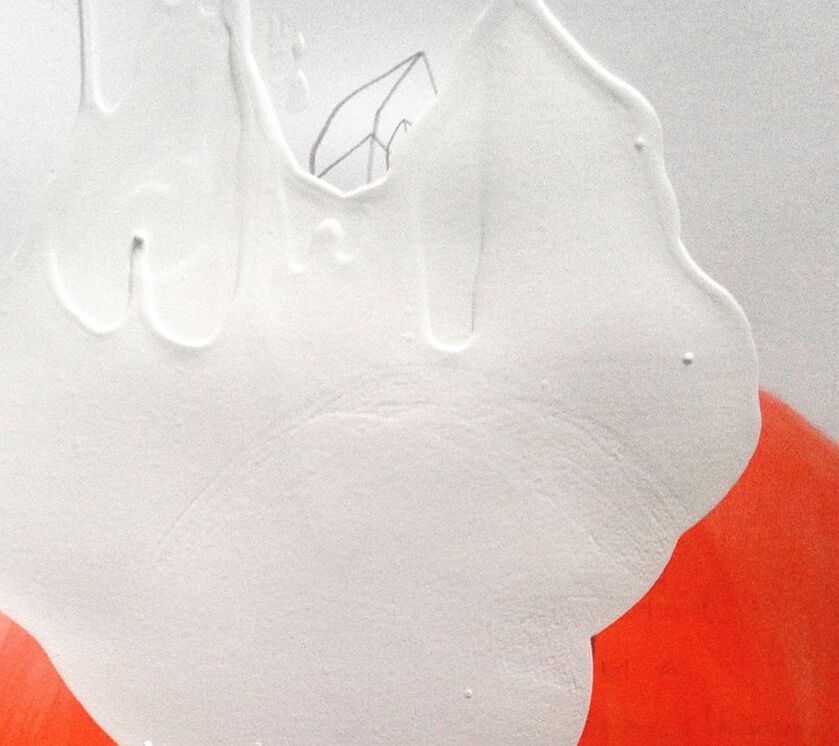

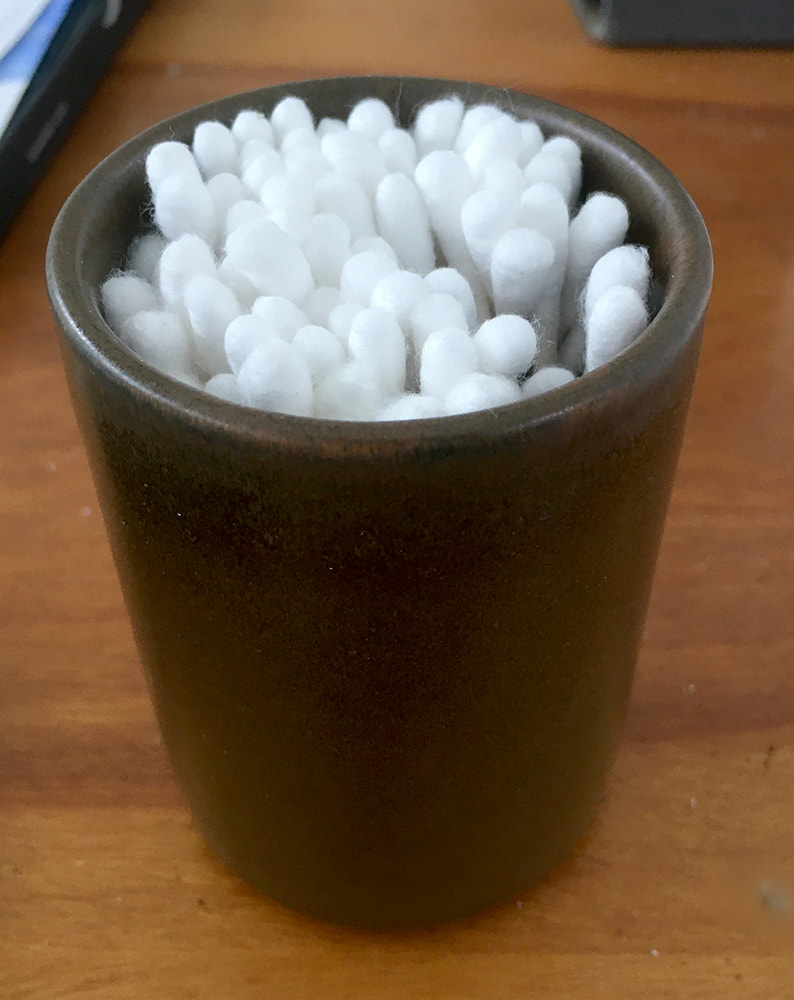
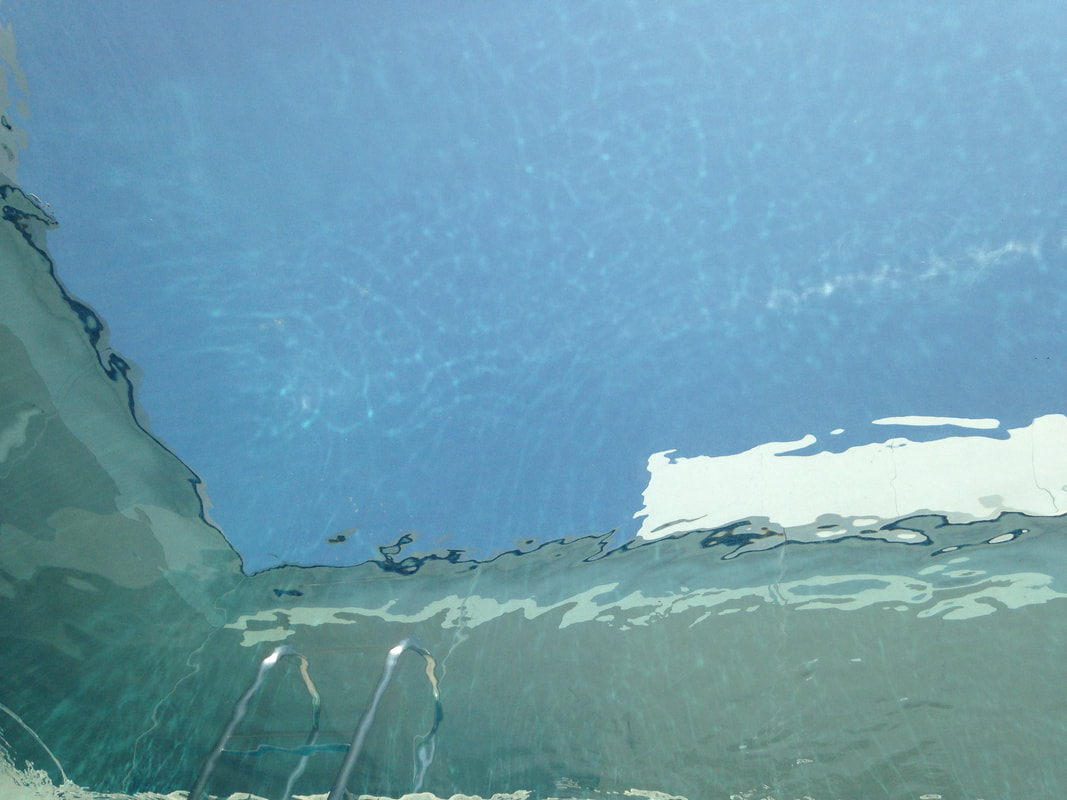
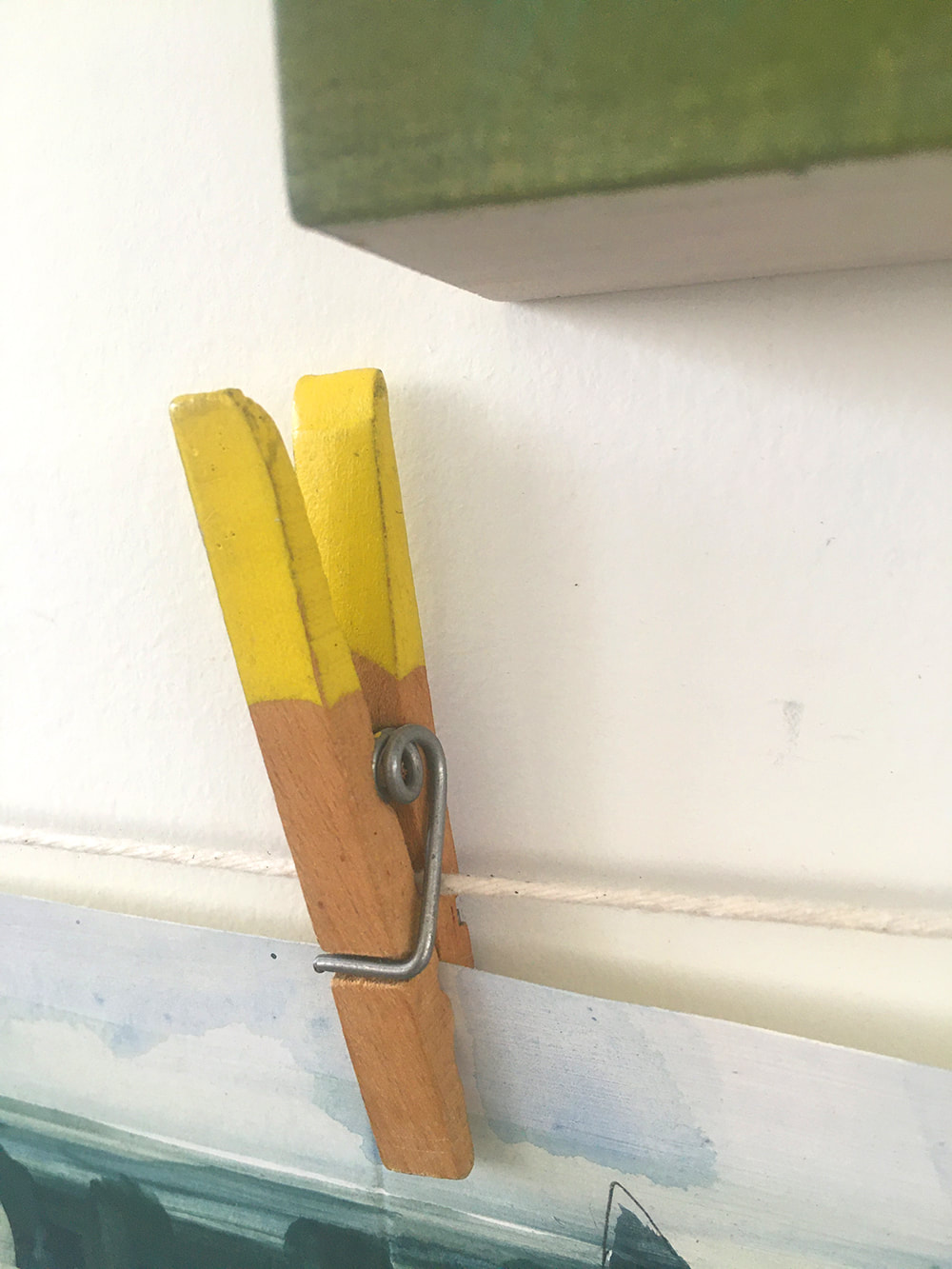
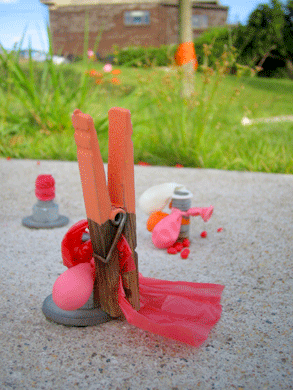
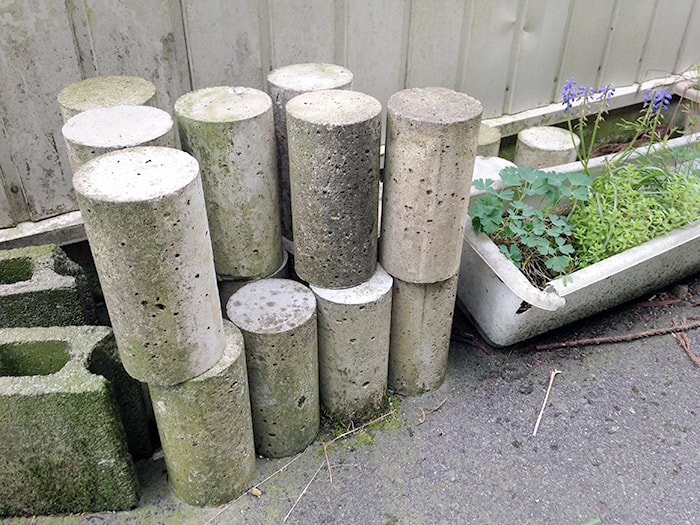
 RSS Feed
RSS Feed